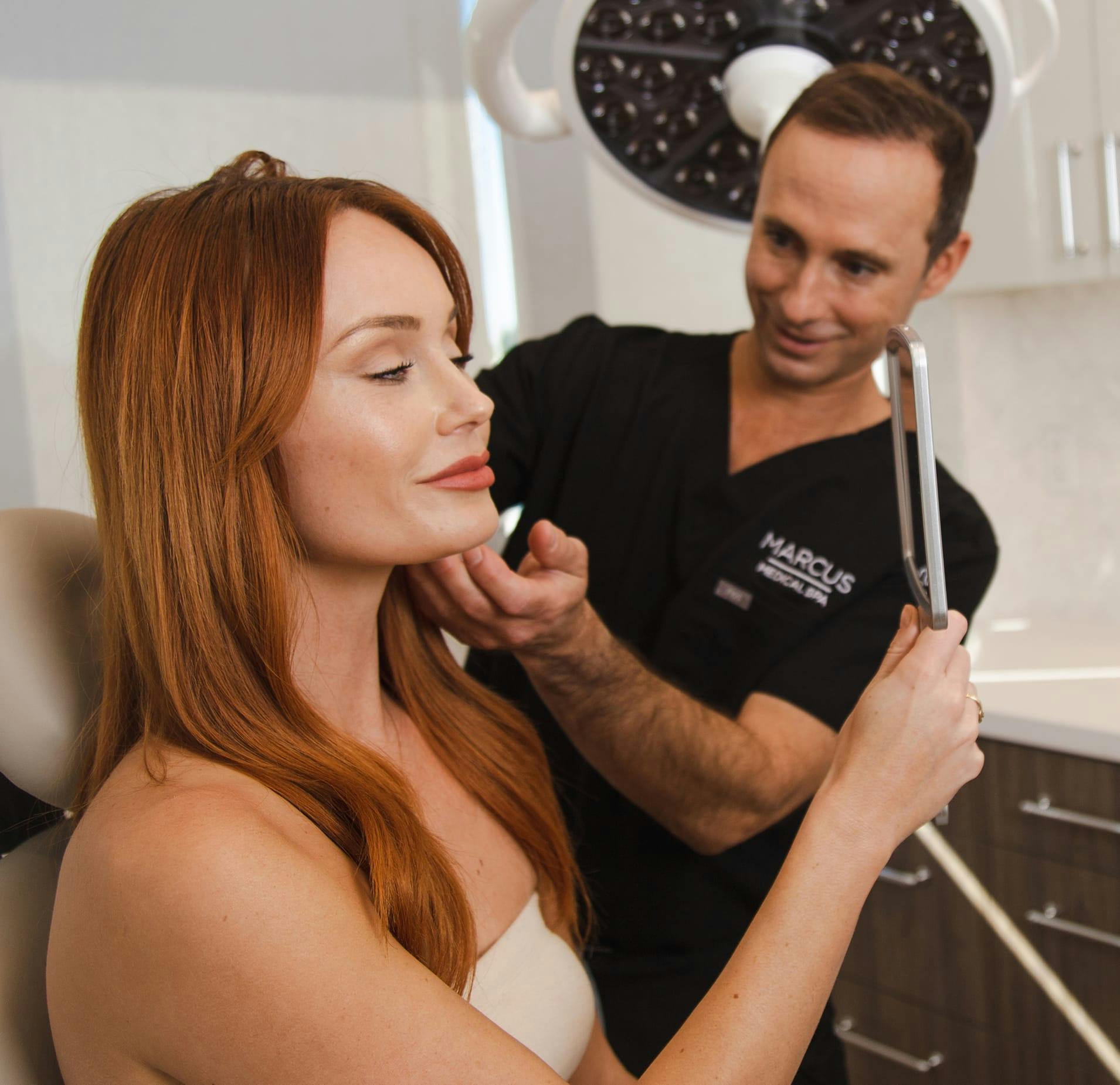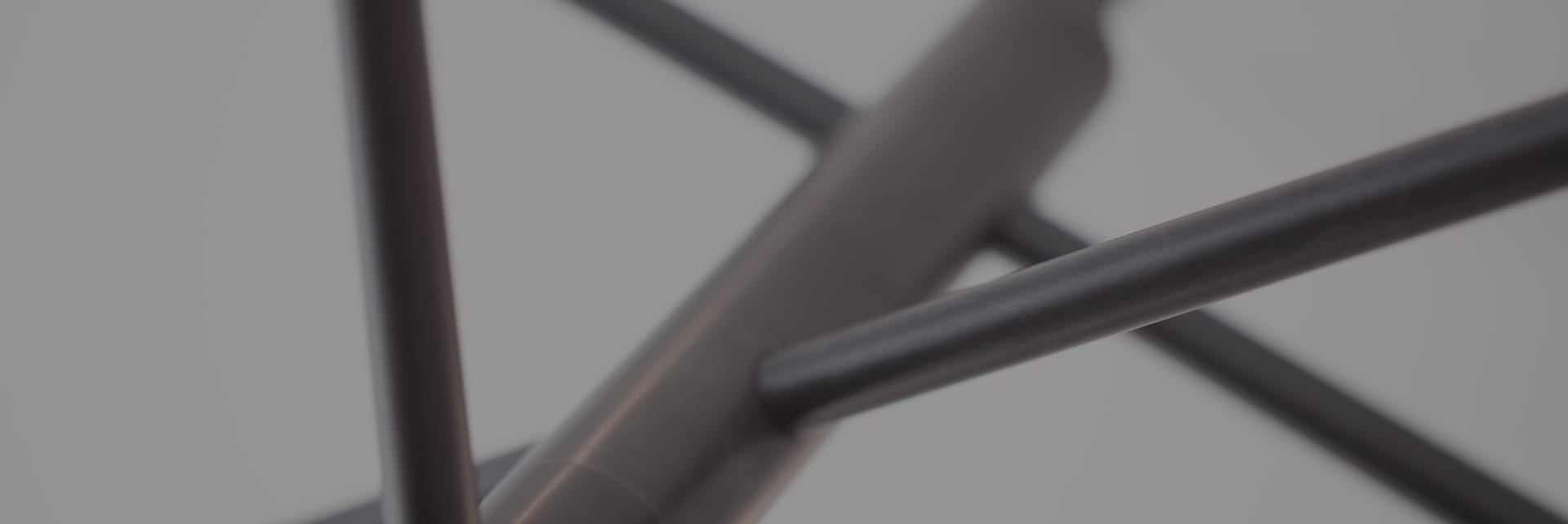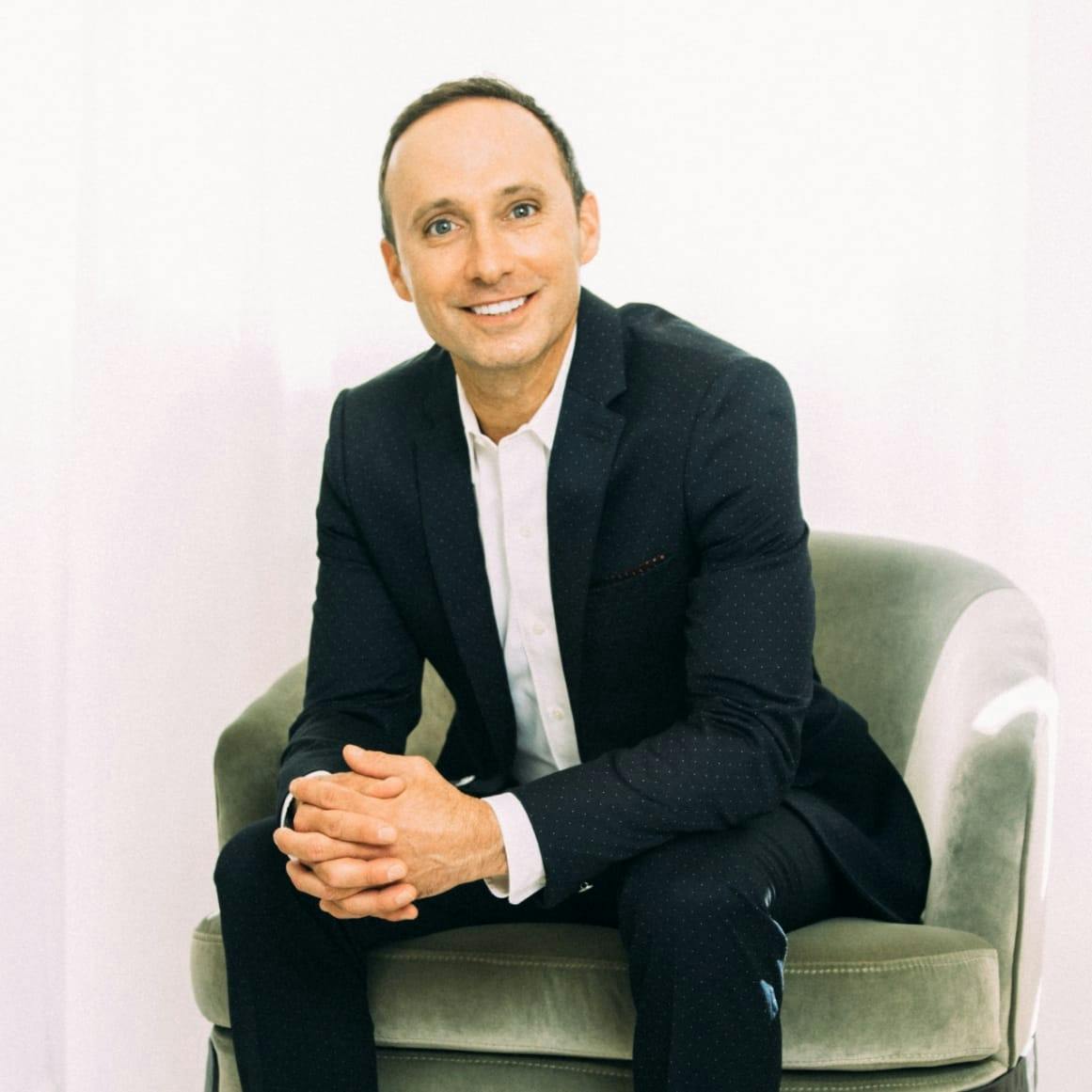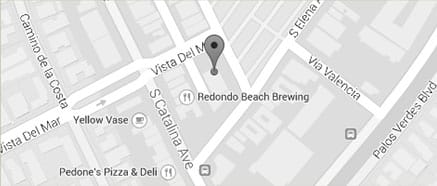Dr. Marcus will discuss the rhinoplasty recovery process and healing time with you during your initial consultation. There are no hard, fast rules about rhinoplasty recovery-each patient heals differently and in his or her own time.
The First 48 Hours
For many patients, the first 48 hours following surgery are the most difficult part of the recovery and healing process. During this time, patients may still be experiencing the affects of anesthesia, and may experience some discomfort. Among some of the issues patients may experience during the rhinoplasty recovery period are:
- Headaches
- Swelling
- Bruising
- Black eyes
- Nosebleeds
- Nausea
During the first 48 hours following your rhinoplasty procedure, it is best to remain in bed with your head elevated. Your face may feel puffy, your nose may ache, and a dull headache may be present.
As bleeding is also common, especially in the first 48 hours of recovery, it is important not to blow your nose, as this can adversely affect the results of the rhinoplasty surgery. Cold compresses can help minimize the swelling and reduce pain. It generally takes about 10 to 14 days before most of the swelling and bruising improves.
During rhinoplasty recovery, Dr. Marcus avoids using a splint and/or packing in a majority of his surgeries. Occassionally he will use a splint to support the new nasal structures from the inside, and protect them from potential collapse before they heal. Additionally, a cast will be placed on the outside to support and protect the new structures during initial healing. Dr. Marcus will remove the cast and any bandage approximately one week post-op. Sutures will also be removed at this time.







